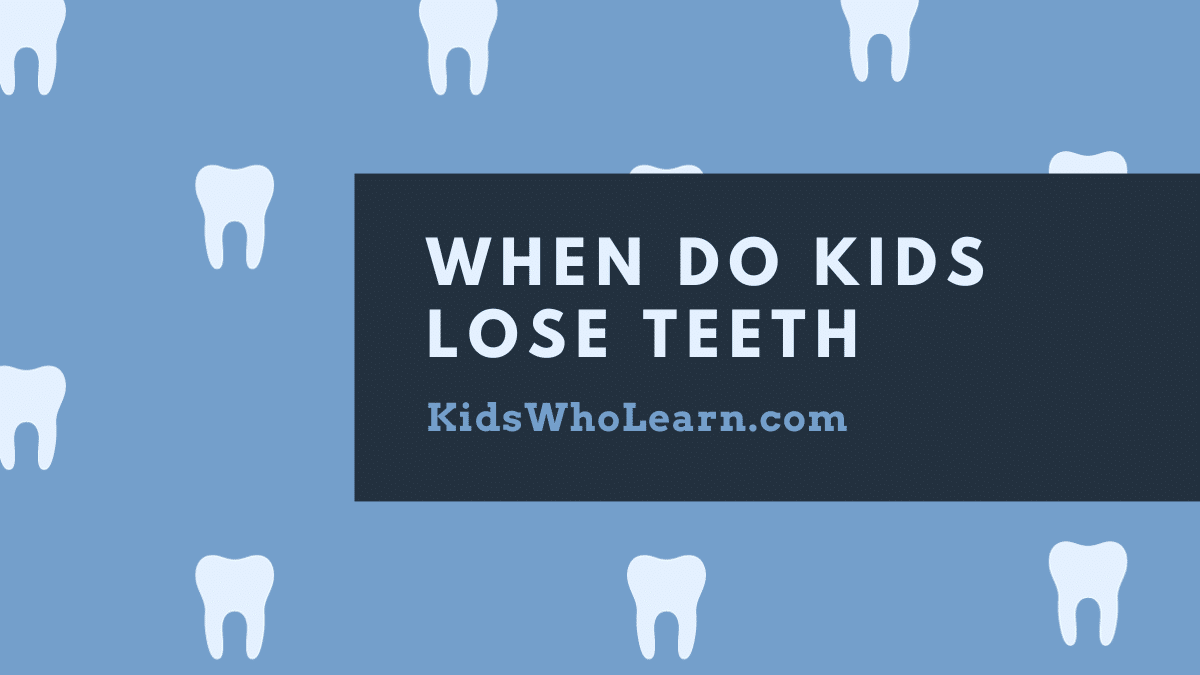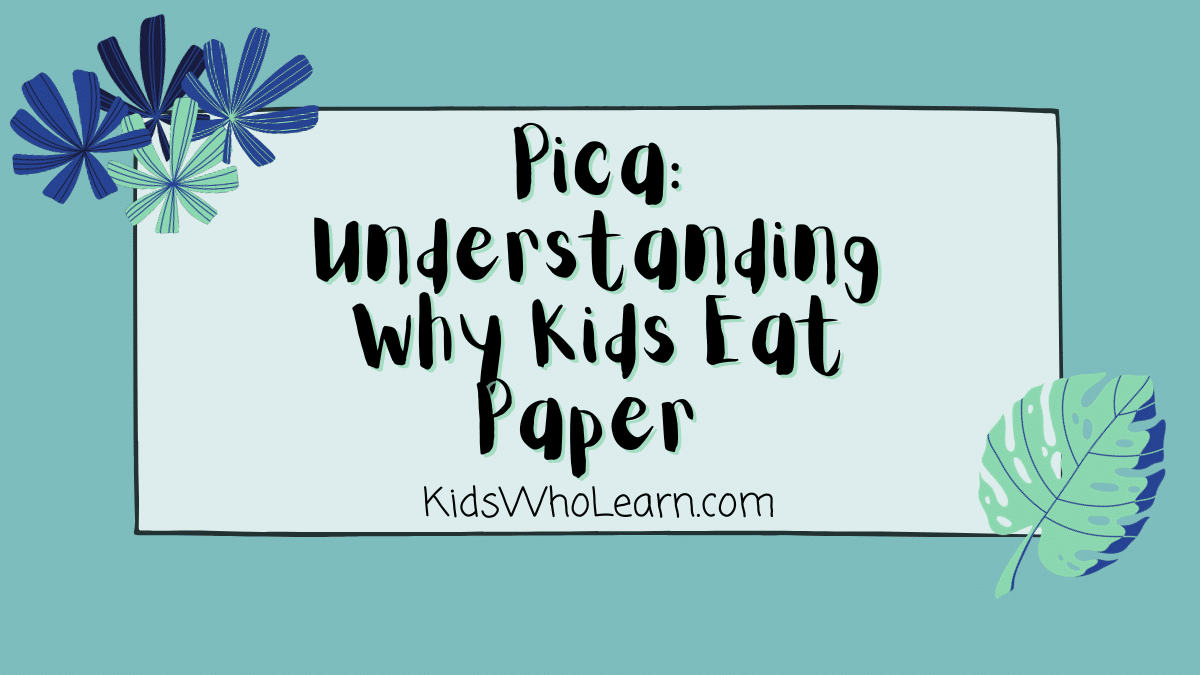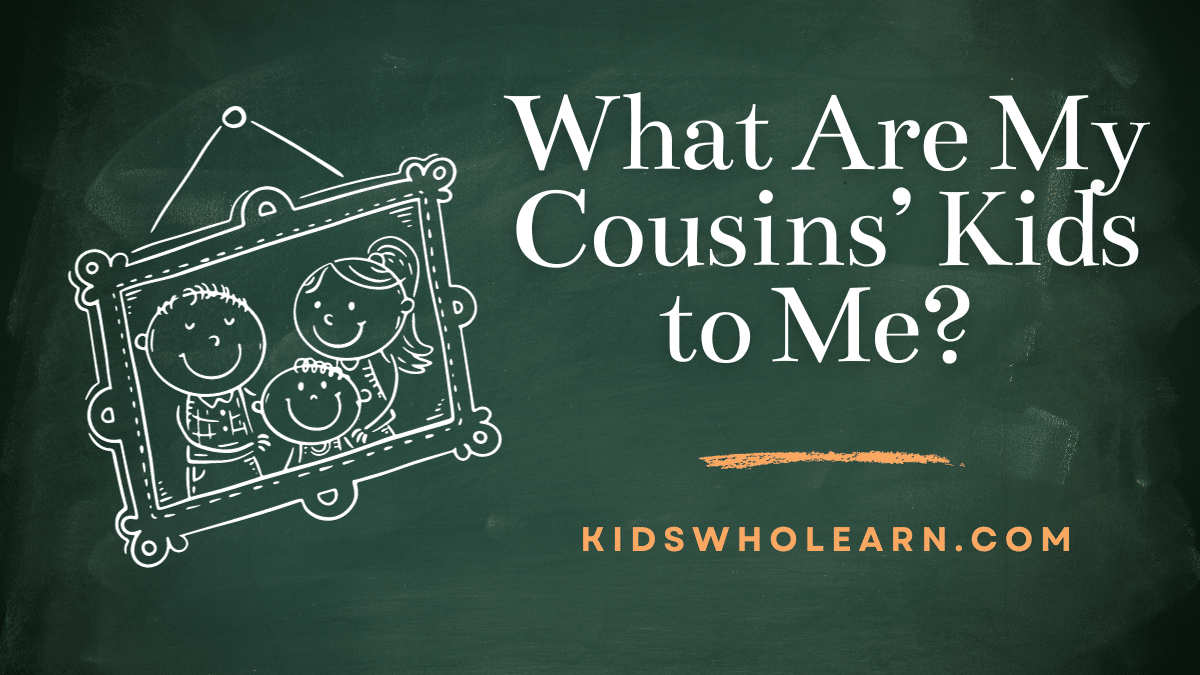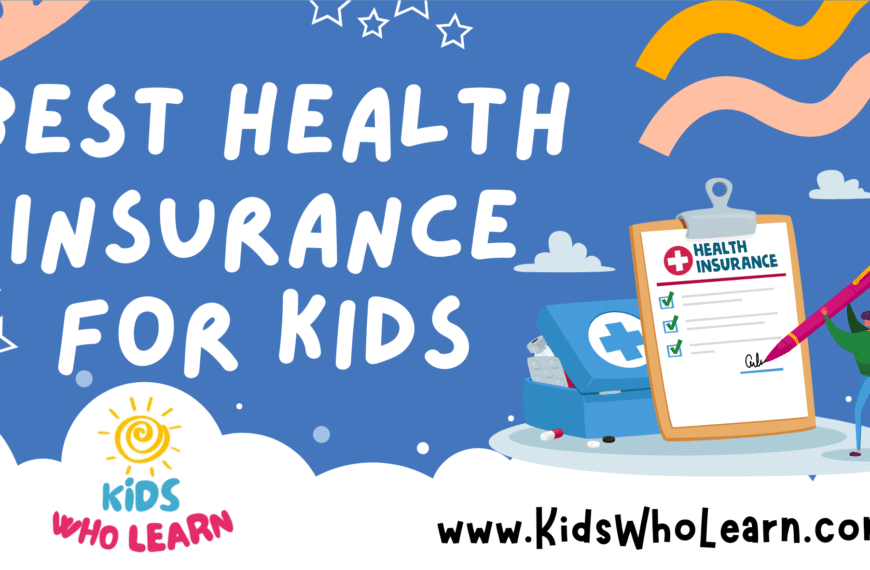Losing baby teeth is a natural process that all children go through. It’s a significant milestone that marks the transition from babyhood to childhood. As a parent, you may be wondering when your child will start losing their baby teeth, and what to expect during this process. In this article, we’ll answer your questions about when kids lose teeth and provide tips on how to make the process as smooth as possible.
Understanding baby teeth is the first step in understanding when children start losing teeth. Baby teeth, also known as primary teeth, typically start to appear around six months of age and continue to erupt until the child is about two to three years old. These teeth are essential for chewing, speaking, and smiling, and they also serve as placeholders for permanent teeth. Knowing when baby teeth typically fall out can help you prepare your child for this exciting milestone.
Key Takeaways
- Baby teeth start to appear around six months of age and continue to erupt until the child is about two to three years old.
- Children typically start losing their baby teeth around the age of six or seven.
- Losing baby teeth is a natural process, but it’s important to monitor your child’s dental health and consult a dentist if you have any concerns.
Understanding Baby Teeth
As a parent, it’s essential to understand the process of your child’s teeth development, including when they’ll start losing their baby teeth. Baby teeth, also known as primary teeth, start developing in the womb, but they don’t usually emerge until a few months after birth.
Typically, the first baby teeth to emerge are the lower central incisors, followed by the upper central incisors. By the age of three, most children will have a full set of 20 baby teeth, which will start to fall out around the age of six or seven.
The process of losing baby teeth is entirely natural and is a sign that your child’s permanent teeth are starting to come in. The roots of the baby teeth start to dissolve, and the teeth become loose, eventually falling out. The permanent teeth then emerge from beneath the gums and take their place.
It’s important to note that the order in which baby teeth are lost can vary from child to child. However, the general pattern is that the two bottom front teeth (lower central incisors) are usually the first to go, followed by the two top front teeth (upper central incisors). The molars are often the last to fall out, with the second molars typically being lost around the age of twelve or thirteen.
In summary, understanding the process of baby teeth development and loss is essential for parents. Knowing when your child’s baby teeth will start to fall out can help you prepare them for the transition to permanent teeth and ensure that their oral health is maintained throughout the process.
When Do Children Start Losing Teeth
Losing teeth is a natural part of childhood development. It’s exciting for kids to experience the process of losing teeth and getting new ones. But when does it usually start?
On average, children start losing their baby teeth around the age of 6 or 7. However, this can vary from child to child. Some children may start losing teeth as early as 4 years old, while others may not lose their first tooth until they are 8 or 9 years old.
The order in which teeth fall out can also vary. Typically, the first teeth to fall out are the front bottom teeth, followed by the front top teeth. Then the molars and canines will start to come out.
It’s important to note that losing baby teeth is a natural process and nothing to be worried about. However, if your child is experiencing pain or discomfort while losing teeth, you may want to consult with a dentist.
To help your child through the process of losing teeth, you can encourage them to wiggle their loose teeth gently and avoid pulling them out forcefully. You can also make it a fun and exciting time by creating traditions such as leaving a tooth under their pillow for the tooth fairy.
Overall, losing teeth is a normal and exciting part of childhood. By understanding when it typically starts and supporting your child through the process, you can make it a positive experience for them.
The Process of Losing Baby Teeth
Losing baby teeth is a natural part of growing up. It can be an exciting time for kids as they eagerly await the arrival of their permanent teeth. Here is what you can expect during the process of losing baby teeth.
First Teeth to Go
The first baby teeth to fall out are usually the lower front teeth, also known as the central incisors. This typically happens around the age of six or seven. The upper front teeth, or central incisors, usually follow shortly after.
Middle Teeth
After the front teeth, the next baby teeth to fall out are the lateral incisors, which are located next to the central incisors. This usually happens around the age of seven or eight. The other middle teeth, the canines, typically fall out between the ages of nine and twelve.
Molars
The molars, which are located in the back of the mouth, are the last baby teeth to fall out. This usually happens between the ages of ten and twelve. The first molars are usually lost around age ten, followed by the second molars around age eleven or twelve.
During the process of losing baby teeth, it is important to encourage good dental hygiene habits. Make sure your child brushes their teeth twice a day and flosses daily to keep their teeth and gums healthy. If you have any concerns about the process of losing baby teeth, be sure to talk to your child’s dentist.
What to Expect When Kids Lose Teeth
Losing teeth is a normal part of growing up, and it is a milestone that most children experience. It is important to know what to expect when your child starts losing their baby teeth so that you can help them through this transition. Here are a few things to keep in mind:
Timeline
Children typically start losing their baby teeth around the age of 6, and they will continue to lose teeth until they are around 12 years old. The timeline can vary from child to child, but most children will lose their teeth in the following order:
- The bottom front teeth (lower central incisors) are usually the first to go, around age 6 or 7.
- The top front teeth (upper central incisors) are next, around age 7 or 8.
- The teeth next to the front teeth (lateral incisors) are usually lost next, around age 8 or 9.
- The first molars are lost around age 10.
- The canines (pointed teeth next to the lateral incisors) are lost around age 11.
- The second molars are lost around age 12.
Signs of Tooth Loss
As your child’s teeth start to loosen, they may experience some discomfort or pain. This is normal and should subside once the tooth falls out. You may notice that your child’s gums are swollen or red, and they may complain of a sore mouth. Encourage your child to wiggle the loose tooth gently to help speed up the process.
Caring for New Teeth
Once your child’s baby teeth have fallen out, their permanent teeth will start to grow in. It is important to continue to encourage good oral hygiene habits to keep their new teeth healthy. Make sure your child brushes their teeth twice a day and flosses daily. You may also want to consider using a fluoride rinse to help protect their new teeth.
In conclusion, losing baby teeth is a normal part of growing up, and it is important to know what to expect so that you can help your child through this transition. Encourage good oral hygiene habits, and make sure to schedule regular dental check-ups to ensure your child’s new teeth are healthy and strong.
Dealing with Tooth Loss Anxiety
Losing baby teeth is a natural part of growing up, but it can be a stressful experience for some children. If your child is feeling anxious about losing teeth, there are several things you can do to help ease their worries.
Talk to Your Child
One of the most important things you can do is talk to your child about what to expect. Explain that losing baby teeth is a normal part of growing up and that it happens to everyone. Let them know that it’s okay to feel a little nervous or scared, but that it’s nothing to be afraid of.
Encourage Good Oral Hygiene
Encouraging good oral hygiene habits can also help your child feel more confident about losing teeth. Remind them that taking care of their teeth and gums is important for keeping their smile healthy and strong. You can also talk to them about the Tooth Fairy and how she rewards children for taking good care of their teeth.
Offer Comforting Solutions
If your child is feeling anxious about losing teeth, there are several comforting solutions you can offer. For example, you can suggest that they wiggle the tooth gently with their tongue or fingers to help it come out more easily. You can also offer a soft food diet for a few days after the tooth falls out to help ease any discomfort.
Seek Professional Help
If your child’s anxiety is severe or persistent, it may be helpful to seek professional help. Talk to your child’s dentist or pediatrician about their concerns and ask for advice on how to help them feel more comfortable. They may be able to recommend strategies or resources to help your child cope.
Remember, losing baby teeth is a normal part of growing up, and with a little support and encouragement, your child can navigate this milestone with confidence and ease.
What to Do with the Lost Tooth
Losing a tooth can be an exciting moment for a child. It’s a sign that they are growing up and becoming more independent. But what should you do with the lost tooth? Here are some ideas:
1. Leave it for the Tooth Fairy
Many children believe in the Tooth Fairy, who visits them at night and leaves money in exchange for their lost tooth. If your child believes in the Tooth Fairy, encourage them to leave the tooth under their pillow. The Tooth Fairy will come and take the tooth, leaving money in its place.
2. Keep it as a Memento
Some parents like to keep their child’s first lost tooth as a memento. You can store the tooth in a small box or container and label it with the date that the tooth was lost. This can be a fun way to remember your child’s milestones as they grow up.
3. Make a Tooth Necklace
If your child is interested in crafts, you can help them make a tooth necklace. Simply string the tooth onto a piece of dental floss or string and tie it off. Your child can wear the necklace as a keepsake.
4. Throw it Away
If none of the above options appeal to you, you can always throw the tooth away. It’s not necessary to save every lost tooth, and some parents find it easier to simply dispose of them.
Remember, losing teeth is a normal part of growing up. Encourage your child to take care of their teeth so that they can grow up with a healthy smile.
When to Consult a Dentist
It’s important to keep in mind that losing teeth is a natural part of childhood. However, there are some cases where you should consider consulting a dentist. Here are a few scenarios when you should seek professional help:
1. Early or Late Tooth Loss
If your child is losing teeth earlier or later than the usual timeline, it’s best to consult a dentist. Early loss of teeth may indicate an underlying problem such as tooth decay or injury, while late tooth loss may suggest delayed tooth development or other issues.
2. Crowded or Misaligned Teeth
Crowded or misaligned teeth can cause discomfort, difficulty in chewing, and speech problems. If you notice that your child’s teeth are not aligned correctly, it’s best to consult a dentist. Early intervention can prevent more severe problems down the line.
3. Tooth Decay or Cavities
Tooth decay and cavities are common dental problems in children. If you notice any signs of decay or cavities such as toothache, sensitivity, or discoloration, it’s essential to consult a dentist. Early treatment can prevent further damage and save your child from unnecessary pain.
4. Trauma or Injury
If your child experiences trauma or injury to their teeth, it’s crucial to consult a dentist immediately. Even if the injury seems minor, it’s best to have a professional assess the situation to avoid any complications.
In conclusion, losing teeth is a natural part of childhood, but it’s essential to keep an eye out for any signs of problems. If you notice any of the above scenarios, don’t hesitate to consult a dentist. They can help diagnose and treat any dental issues and ensure your child’s oral health is in good shape.
Frequently Asked Questions
At what age do children typically start losing teeth?
Children typically start losing their baby teeth around the age of 6. However, it’s not uncommon for kids to start losing teeth as early as 4 or as late as 7.
Which teeth do children usually lose first?
The two bottom front teeth are usually the first to go, followed by the two top front teeth. After that, the rest of the baby teeth will fall out in no particular order.
Is it normal for a child to lose teeth at age 4 or 5?
Yes, it is normal for a child to start losing teeth at age 4 or 5. Some kids may lose their first tooth as early as 3 years old, while others may not lose their first tooth until they are 7 years old.
What should I give my child when they lose their first tooth?
Many parents give their child a small gift or leave a note from the tooth fairy when their child loses their first tooth. Some popular gifts include money, small toys, or a special treat.
How many teeth should a 6-year-old have lost?
By the age of 6, most children will have lost 8 baby teeth and will have 8 permanent teeth. However, every child is different, and some may lose more or less teeth at this age.
Can losing teeth at an early age be a sign of intelligence?
No, losing teeth at an early age is not a sign of intelligence. The timing of when a child loses their baby teeth is determined by genetics and other factors, not by intelligence.







